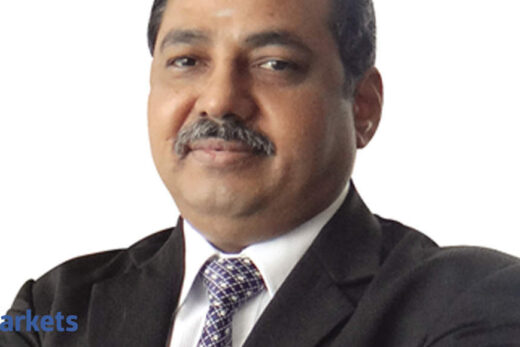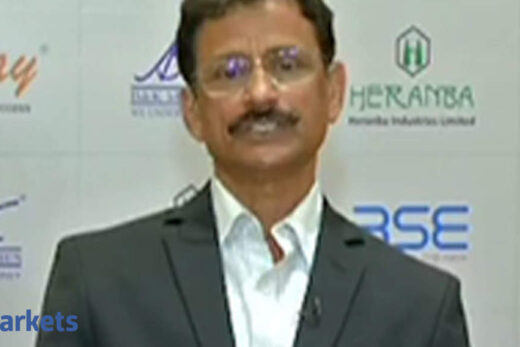Are you witnessing improvement in collection efficiency and asset quality? What kind of trends do you see shaping up from here on?
In terms of the asset quality, this has been a reasonably good quarter for us and especially if you look at the retail where the push is coming. We have been able to reduce our NPAs by almost about 50 bps and the net NPAs in the retail standard is less than 2.5. That is a very good story.
In terms of the collection efficiency, we are at 98.7% which is almost pre Covid levels and far better than last quarter which was 95.1. This company is unique in terms of the profiles of its customers with a strong push on the self-employed. In April and May, Covid 2.0 wiped off some of the businesses and a lot of people lost their lives. That was why we saw an increase in our NPAs in the first quarter. However, the journey has started. We have reduced our NPAs significantly by 50 bps and the collection efficiency is back.
The only thing that we would have liked is in the corporate book. One of the accounts that has slipped in this quarter is one which we had identified and we had told everybody that there are three or four significantly risky accounts where we expect to slip. We have allowed only one account to slip and therefore the net effect is the reduction of only about eight on the gross NPAs. However, in retail, the story is very good and going forward. The way our machinery is working, the way legal channels have opened up and the administration is supporting, it is going to be a very good story going forward.
Lending in the mortgage finance sector is improving. How are the trends shaping up at your end? What is your observation on the disbursement side?
We have done a fairly good job in the disbursement with significant increases. We disbursed almost about Rs 3,000 crore during the quarter which registered a 68% quarter-on-quarter growth. We will only continue to improve and we have seen quarter-on-quarter and month-on-month improvement on the disbursement. So the disbursement engines have started. We have a strong distribution network and are present in 65 cities with 95 branches and almost 17-18 offbeat centres. The affordable piece is also shaping up well.
So that is a very calibrated and cautious decision that the company has taken. In terms of the disbursements, the company has done a good job. Secondly, we have arrested the de-growth that was happening in the last nine quarters.
How are your borrowing costs shaping up? Is it likely to be a pressure point on your margins going forward?
This is the first time our incremental cost of borrowing has come below 6%. You must compare apples and apples and we are an AA rated company. Within that, we have been able to negotiate with all the lenders. Below 6% incremental cost of borrowing is very good.
In terms of overall cost of borrowing, there is a decline of almost 68 bps which again is a good sign. So we are seeing an improvement in borrowing cost. We have also made some changes in the way we do business with almost 46% of the acquisition coming from the digital side. We will see a decline in the cost of acquisition going forward.
This is all going to help the company in improving its numbers but it is going to take some time. One can expect it to start delivering immediately. There is a lag effect of the investment that you have made on the IT side which is going to fructify and start delivering and the ability to get very high number comes in because of the digitisation that we have done.
We have utilised the last eight quarters to improve our IT stack and that is very critical from our perspective on all the things we are going to deliver on.
Capital adequacy is hovering around the 20% mark. I think the rights issue is going on. What is the thought from here on?
Obviously raising Rs 4,000 crore is not all that easy. While the company stakeholders like PNB, Carlyle and many others have been extremely supportive of the way the company is growing as well as its future projections and what it wants to do
They were supportive and we came out with that issue. Unfortunately for whatever reason, we have continuously issued press releases as well as stock exchange releases in terms of what happened and why we had to decide to pull back. More importantly, the company wants to grow and move forward. Presently, we are comfortably capitalised with CRAR at 20.66 and the tier I is also at 17.82.
The very fact that we have decided and we are continuing to lose on our corporates, gives us the ability to build assets because risk assets are almost three times that available on the retail book.
What is your business transformation plan?
There are two things. One is on the digital side. The company took advantage of the Covid situation in the last two years and has actually improved its IT. It continues to look at the digitisation and what all opportunities that are there, new openings, new areas where it can automate. Any area in the acquisition side to the underwriting side to the risk side or the servicing side, where we see friction, we want to automate it and have started doing it.
In terms of the interventions that we are doing on the project IGNITE, which is the transformation journey of the company, in the first few months we finished off the diagnostic study which was important to understand where the gaps are. Then comes the second journey, We wanted to look at was on the underwriting and the risk piece; how we underwrite, whether there are changes, whether new engines are required and what all is required for quick decision making with technology available with us with more information available, with surrogate information available.
The third piece was on collection which we wanted to strengthen. Any company which wants to grow and is a lending company must have its collection strategy very clearly laid down.



